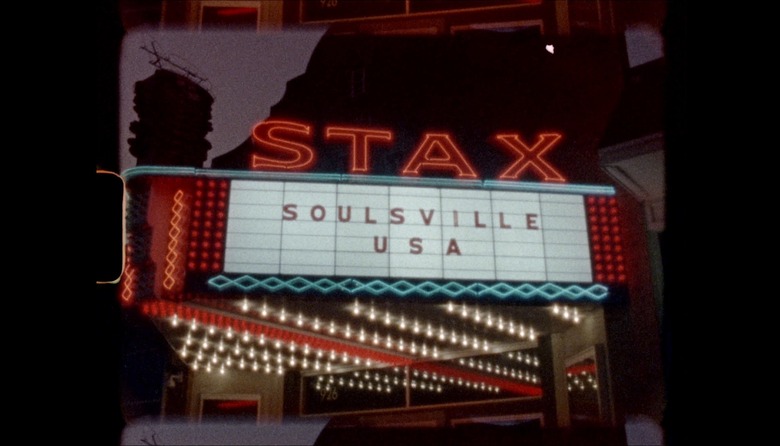HBO's Must-Watch Docuseries About Stax Records Has A 100% On Rotten Tomatoes
In 1957, two siblings named Jim Stewart and Estelle Axton founded a music business that would become one of the most important institutions to ever emerge from my hometown of Memphis. Using the first two letters of each of their last names, they named it Stax — a brand that evoked stacks of vinyl, eventually attracted artists like Otis Redding, and would come to be so integral to the city that visitors to this day are greeted with its music and iconography as they walk through the airport here.
Moreover, their record label is the subject of a new HBO original four-part docuseries — Stax: Soulsville USA, available to stream on Max — which uses the label and its art to revisit an exciting and transformative chapter in the history of soul music.
Operating from inside an old movie theater, the Stax facility on McLemore Ave. was a rare integrated space in Memphis at a time when simmering racial tensions would soon boil over and the killing of Martin Luther King Jr. would rip the city apart. Black artists at Stax, working side-by-side with white musicians, defied segregation and made music on their own terms — producing hits like (Sittin' On) the Dock of the Bay, Soul Man, and the Oscar-winning theme from Shaft.
"Driven by a striking collection of restored and remastered archival performance footage and intimate interviews with key players in the label's remarkable history," HBO explains, "Stax: Soulsville USA details the unlikely origin story of Stax Records and pays tribute to its complex music library and the legendary artists that emerged from the iconic studio."
The series currently has a perfect 100% score on Rotten Tomatoes, a testament to the audacious joy of the music-makers captured herein. This series, which won the TV Premiere Audience Award at SXSW this year, was produced and directed by Jamila Wignot and is must-watch for fans of music and of music history. By the time you finish watching, you'll have a better understanding of an American music mecca, and also why Stax chose the image of fingers snapping to represent the iconic music that was created inside its four walls.
